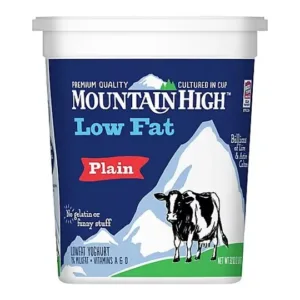
Is Custard Pie Keto-Friendly? A Comprehensive Analysis
As the ketogenic diet continues to rise in popularity, many of us are left pondering whether our favourite treats can still have a place in this high-fat, low-carb lifestyle. Today, we head into the delicious world of Custard Pie. That’s right, the sweet, indulgent dessert that brings back fond memories of family gatherings, and sparks spirited discussions about the perfect custard-to-crust ratio. However, the most pressing question on everyone's mind now is: Can Custard Pie be included in a ketogenic diet?
Understanding the Keto Diet
Before we delve into the details of Custard Pie, it’s vital to comprehend the fundamental principles of the ketogenic diet. This diet primarily consists of high fat (making up around 70-80% of daily caloric intake), moderate protein, and significantly low carbohydrate consumption (usually less than 50 grams of net carbs per day). The primary objective? To coax your body into the metabolic state of ketosis, making it burn fat as its main fuel source rather than carbohydrates.
Nutritional InformationPer (1 Pie (910.0g)):
Per 100g:
| 
Custard Pie is not keto-friendly. It's best avoided if you're trying to maintain ketosis. |
Custard Pie, a dessert delight cherished by many, is made with ingredients such as milk, sugar, and eggs, with a crust typically derived from wheat flour.
Looking beyond its delicious taste, Custard Pie unfortunately ranks high in the carb department. Sugar, one of its main ingredients, is known for its high carbohydrate content, while milk, though lower in carbs, still contributes to the total count. Even the wheat crust – a foundational element of the pie – is a significant source of carbs.
On the nutrition front, the creamy custard filling provides protein from the eggs and essential nutrients such as calcium and vitamin D from the milk. Meanwhile, the crust adds a bit of dietary fiber to the mix. However, the significant sugar and carb content overshadow these benefits when we focus on a keto diet, which requires low-carb and high-fat intake.
Therefore, based on the carb guide provided above, Custard Pie with its considerably high carbohydrate content per serving typically falls into the 18g+ category. This makes it categorically not keto-friendly. It's best to avoid Custard Pie if you're striving to maintain ketosis in your keto diet. Alternatives like keto-friendly pies and desserts prepared with low-carb sweeteners and almond or coconut flour could be considered instead for satisfying your sweet tooth without hindering your keto journey.





